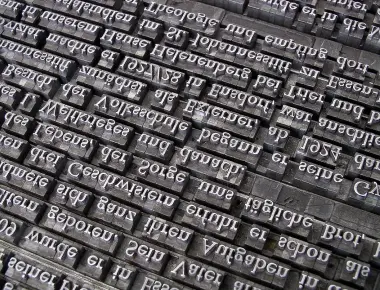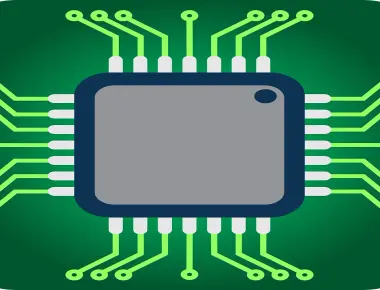
C program showcasing bitwise operations

The bitwise operators available in C are,
bitwise AND – ‘&’
bitwise OR – ‘|’
bitwise XOR – ‘^’
left-shift operator – ‘<<’
right-shift operator – ‘>>’
bitwise NOT (1’s complement) – ‘~’
This C program shows some of common usage of the bitwise operators. The bitwise operators are widely used in embedded C programming.
#include <stdio.h>
int main(void)
{
int x = 0x1u;
// Set 2nd bit
x |= (1u << 2);
printf("%d\n", x);
// Clear 2nd bit
x &= ~(1u << 2);
printf("%d\n", x);
// Toggle 2nd bit
x ^= (1 << 2);
printf("%d\n", x);
// Test 2nd bit
x & (1u << 2) ? puts("true") : puts("false");
return 0;
}
Code walk-through
The code fragment x |= (1u << 2); sets the 2nd bit by shifting the value 1 left by 2 positions. Similarly the code fragment x &= ~(1u << 2); clears the second bit by shifting the value 1 by 2 positions to the left and doing a 1’s complement.
The line x ^= (1 << 2); toggles the 2nd bit by left shifting the value 1 by 2 positions and XORing with the value to be modified.
The code fragment x & (1u << 2) ? puts(“true”) : puts(“false”); tests the bit at position 2 by creating a mask by shifting 1 by 2 positions to the left and use the bit-wise & operator to check if the result is not 0 or otherwise.
Related Posts






Quick Links
Legal Stuff

